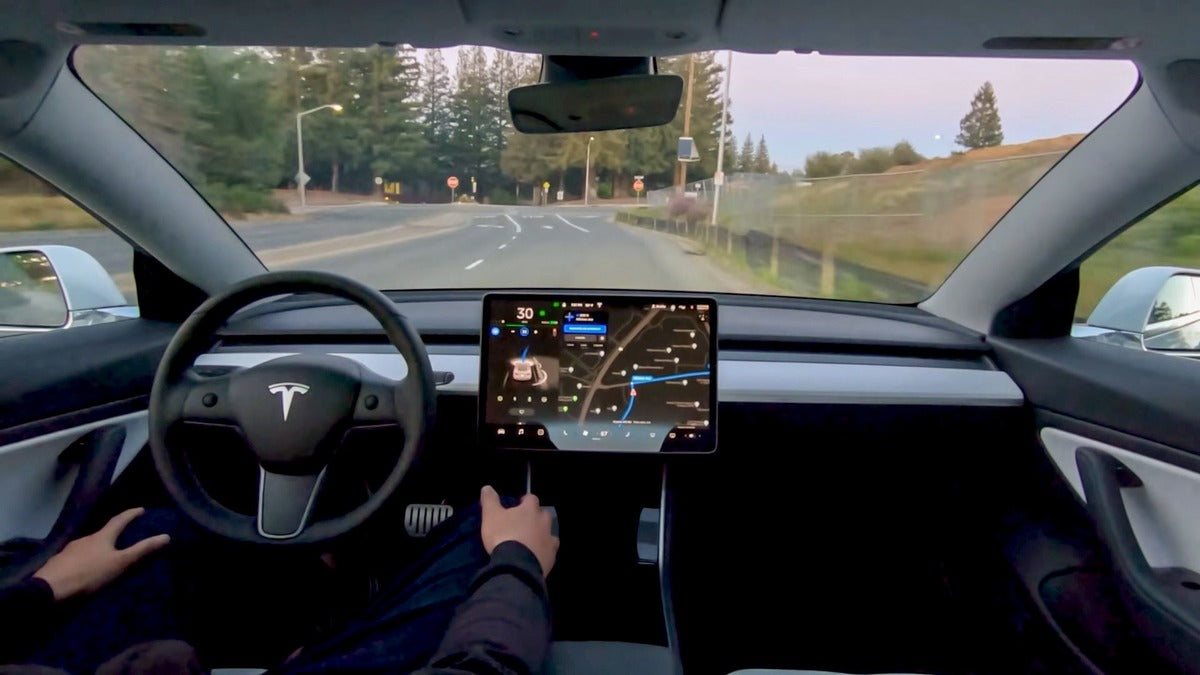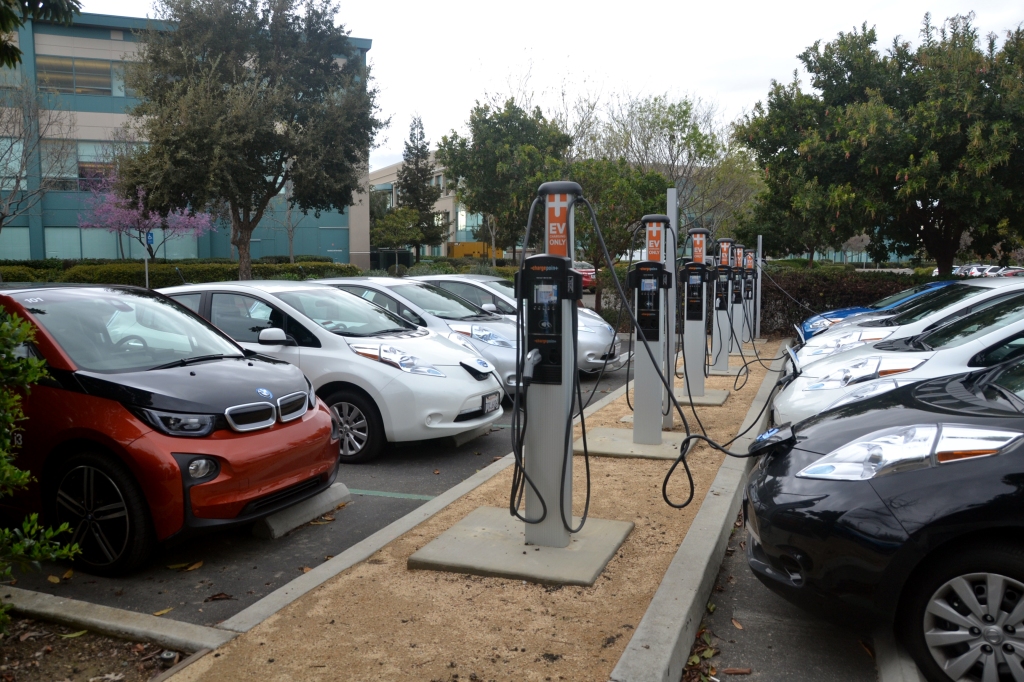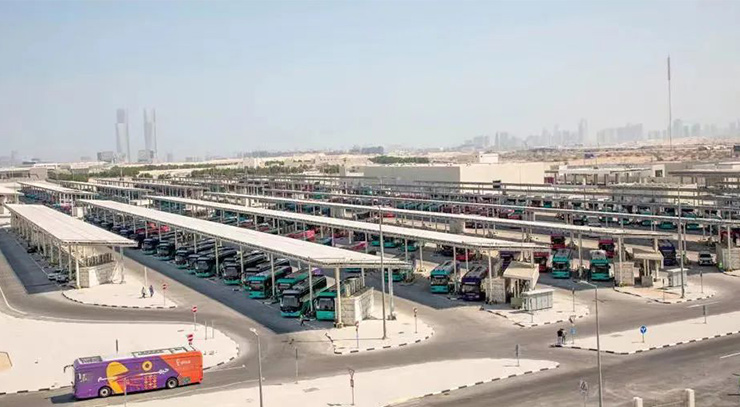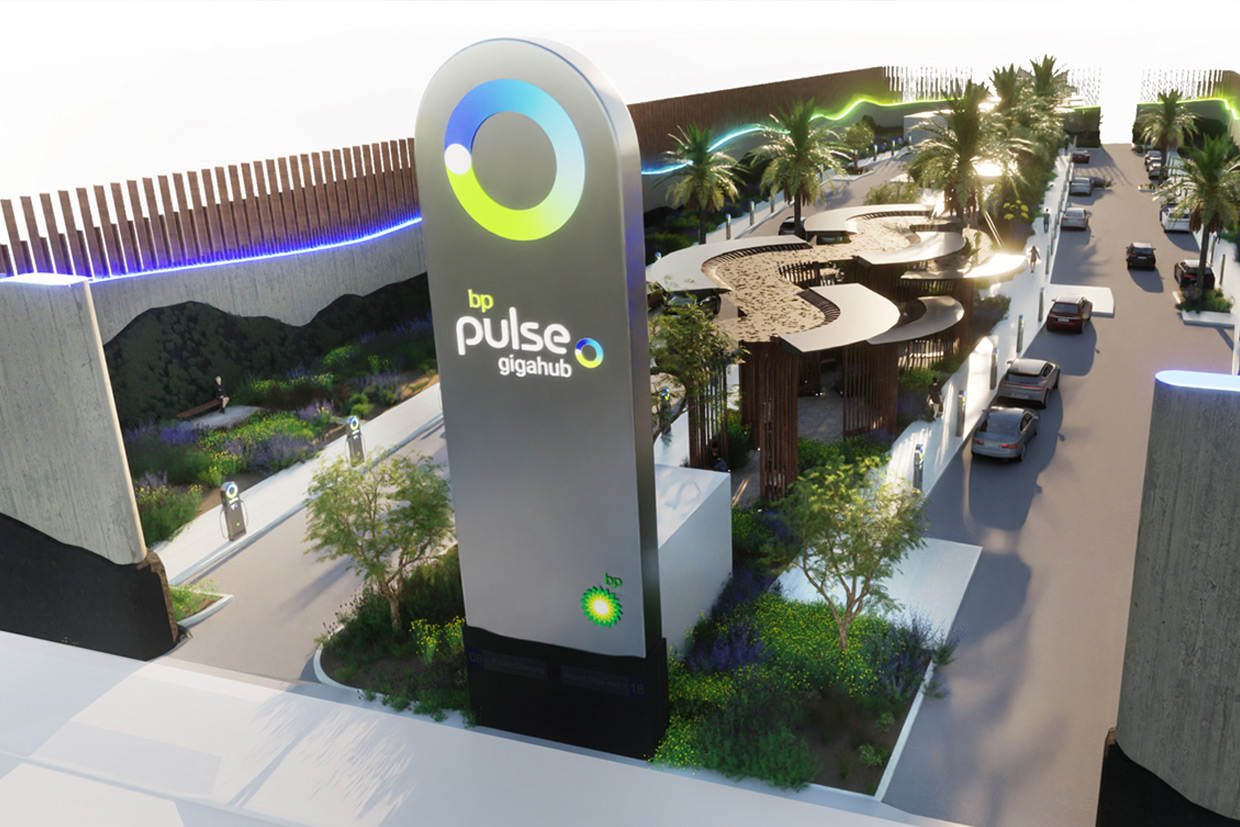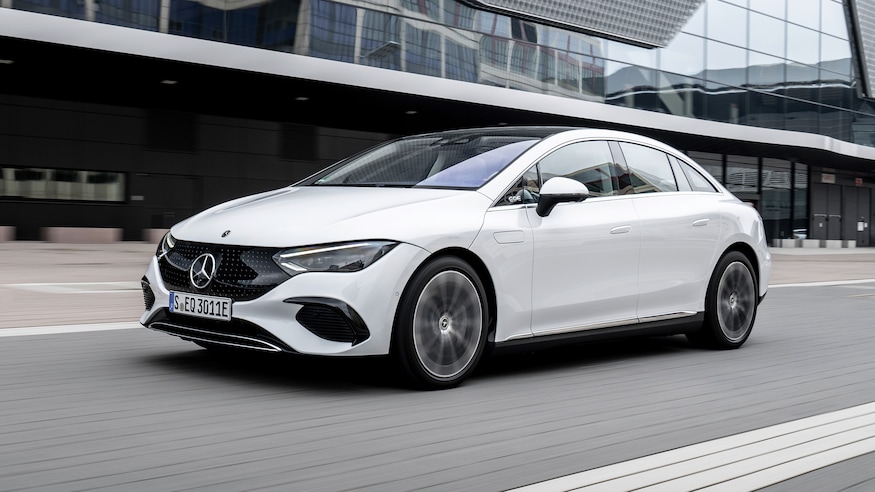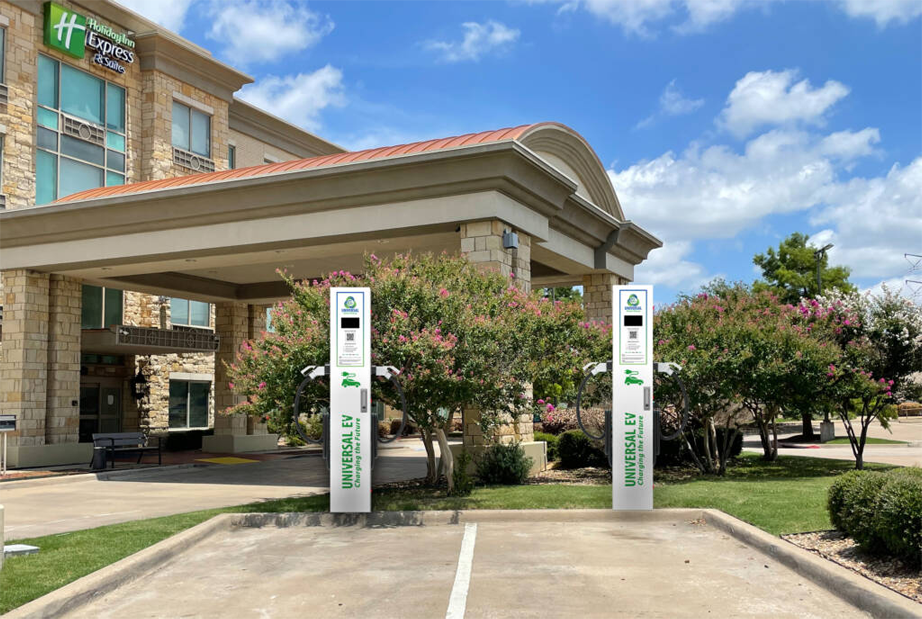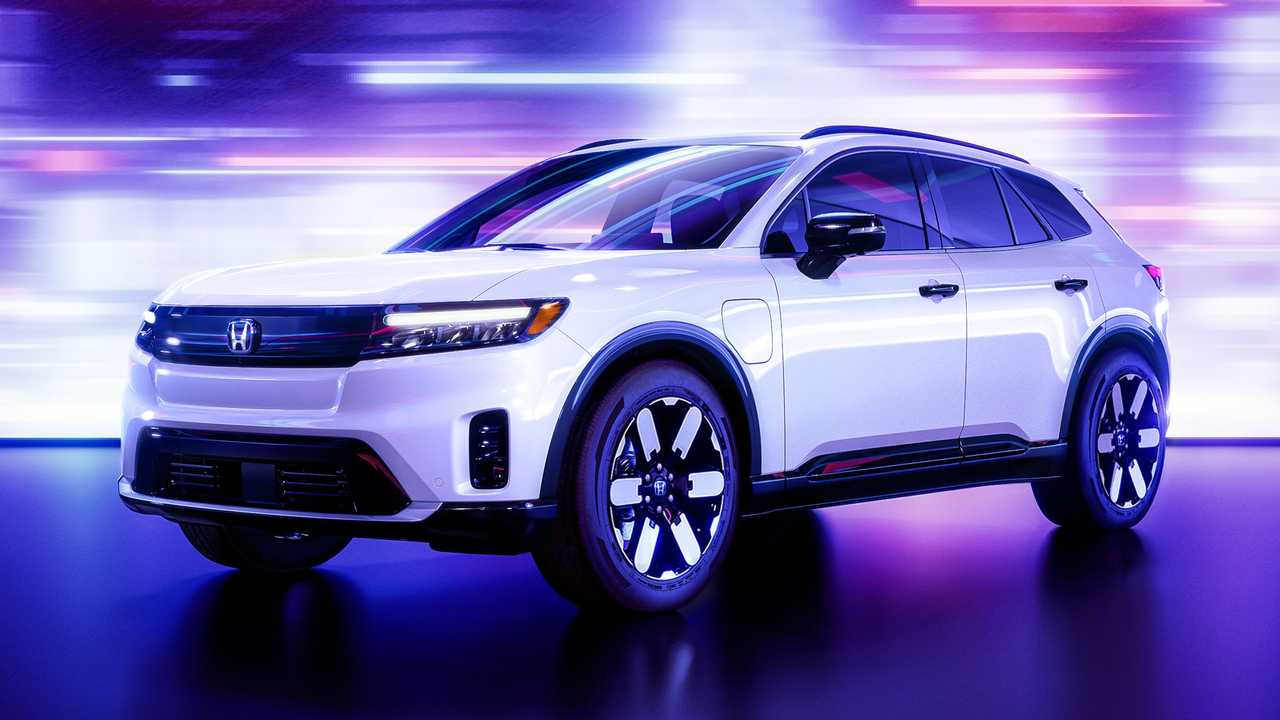Tesla is facing a criminal investigation for the Full Self Driving Beta, but this has not affected the electric vehicle giant to update its autonomous vehicle features.
With the latest FSD Beta v10.69.3 update, Tesla hasn’t provided any additional features, but it seems the manufacturer has changed many aspects that affect how the system operates.
FSD Beta v10.69.3 update was rolled out to Tesla employees yesterday and will reach beta program members in the near future.
The new FSD Beta v10.69.3 update covers a limited number of vehicles for internal testing prior to a wider release.
Elon Musk said last month that FSD Beta v10.69.3 would bring about important changes saying “some major architectural improvements” and because of the complexity of the update, it wasn’t ready for the originally planned launch date.
There is no online footage of the FSD Beta v10.69.3 as it is not yet in public hands but the latest public versions – v10.69.2.2 and v10.69.2.3 – are featured in several videos and show improvements in some areas, but nothing particularly significant over what we’ve seen in the last few months; one of the testers even said it was a step back.
The release notes for v10.69.3 list the following changes:
Upgraded the Object Detection network to photon count video streams and retrained all parameters with the latest autolabeled datasets (with a special emphasis on low visibility scenarios).
Improved the architecture for better accuracy and latency, higher recall of far away vehicles, lower velocity error of crossing vehicles by 20%, and improved VRU precision by 20%.
Converted the VRU Velocity network to a two-stage network, which reduced latency and improved crossing pedestrian velocity error by 6%.
Converted the Non VRU Attributes network to a two-stage network, which reduced latency, reduced incorrect lane assignment of crossing vehicles by 45%, and reduced incorrect parked predictions by 15%.
Reformulated the autoregressive Vector Lanes grammar to improve precision of lanes by 9.2%, recall of lanes by 18.7%, and recall of forks by 51.1%. Includes a full network update where all components were re-trained with 3.8x the amount of data.
Added a new “road markings” module to the Vector Lanes neural network which improves lane topology error at intersections by 38.9%.
Upgraded the Occupancy Network to align with road surface instead of ego for improved detection stability and improved recall at hill crest.
Reduced runtime of candidate trajectory generation by approximately 80% and improved smoothness by distilling an expensive trajectory optimization procedure into a lightweight planner neural network.
Improved decision making for short deadline lane changes around gores by richer modeling of the trade-off between going off-route vs trajectory required to drive through the gore region
Reduced false slowdowns for pedestrians near crosswalk by using a better model for the kinematics of the pedestrian
Added control for more precise object geometry as detected by general occupancy network.
Improved control for vehicles cutting out of our desired path by better modeling of their turning / lateral maneuvers thus avoiding unnatural slowdowns
Improved longitudinal control while offsetting around static obstacles by searching over feasible vehicle motion profiles
Improved longitudinal control smoothness for in-lane vehicles during high relative velocity scenarios by also considering relative acceleration in the trajectory optimization
Reduced best case object photon-to-control system latency by 26% through adaptive planner scheduling, restructuring of trajectory selection, and parallelizing perception compute. This allows us to make quicker decisions and improves reaction time.

